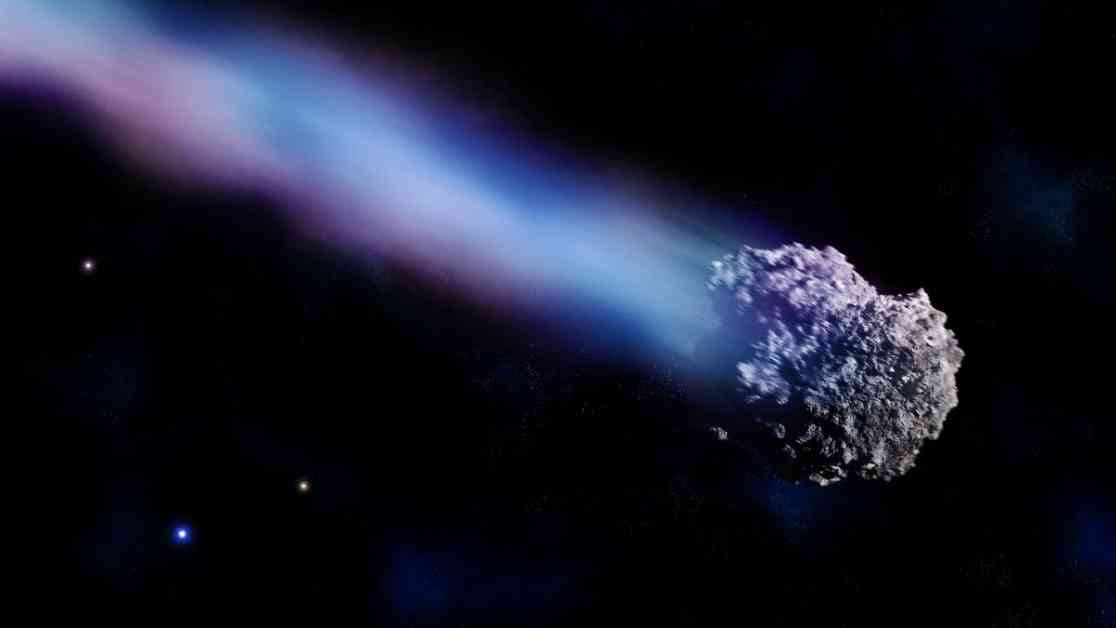A new study suggests that by studying meteor showers, scientists may be able to predict potentially deadly comets years in advance. While some comets, like Halley’s Comet, visit the solar system fairly often, others, like long-period comets (LPCs), are more infrequent visitors that could pose a threat to Earth. These LPCs leave behind meteoroid trails that can be used to track their paths and potentially identify them as potential hazards.
The study proposes that by following these “bread crumb” trails of meteoroids left behind by LPCs, scientists may be able to detect these comets before they become a threat. When a comet approaches the sun, the intense heat vaporizes its ice, ejecting rocks and dust into a meteoroid stream that parallels the comet’s path. If Earth passes through these streams, the meteoroids may create meteor showers that can reveal the speed and direction of the meteoroids, allowing scientists to extrapolate the streams and identify the parent comets.
The upcoming Legacy Survey of Space and Time (LSST) may play a crucial role in detecting these comets years before they pose a threat. By back-projecting the meteoroid streams and comparing them to synthetic comet clusters, scientists may be able to narrow down the search for parent comets and potentially identify Earth impactors years in advance. This technique could provide valuable time to prepare for potential impacts and could be especially helpful in spotting large impactors.
While the study has its limitations, such as not being able to detect comets with orbital periods of more than 4,000 years, it represents a significant step forward in identifying potentially hazardous comets. By using the techniques outlined in the study and data from the LSST, scientists hope to hunt for the parent comets of currently orphaned meteoroid streams and improve our ability to predict and prepare for potential impacts.
Overall, this study highlights the importance of studying meteor showers and meteoroid trails in order to identify potentially dangerous comets and protect our planet from future impacts. By combining astronomy and meteorology, scientists may be able to provide advanced warning of potential threats and develop strategies to mitigate the impact of these “planet-killer” comets.










